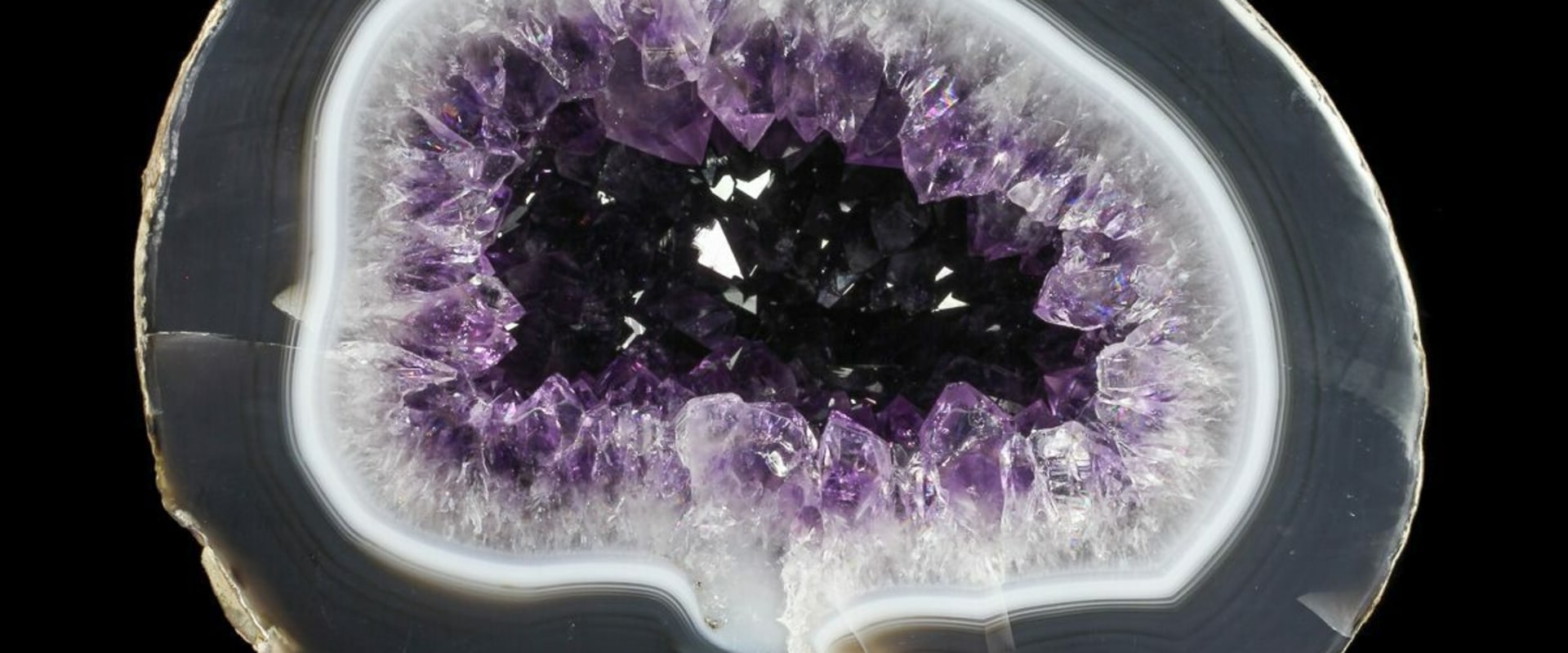Crystals are solid materials composed of atoms, molecules, or ions that are arranged in a highly ordered microscopic structure. This structure, known as a crystal network, extends in all directions and is the result of a process called crystallization. Crystallization can occur when magma hardens or when water evaporates from a natural mixture. Some crystals have been formed by magmatic and metamorphic processes, giving rise to large masses of crystalline rock.
Rocks such as granite, which have cooled very slowly and under great pressures, have completely crystallized; however, many types of lava spilled onto the surface and cooled very quickly, and a small amount of amorphous or vitreous matter is common in the latter group. Other crystalline rocks, such as marbles, mica shales and quartzites, recrystallize due to the high temperature and pressure conditions of metamorphism, erasing their original structures and inducing recrystallization in the solid state. Crystals can also form when pressurized molten carbon cools rapidly. To observe this process in action, you can do a small project in your own kitchen by putting a small amount of table salt in a little running tap water. After 24 hours, you will see beautiful formations in cubes.
This happens because water evaporates, bringing the atoms that make up salt (the mineral) and water closer together. The closer they come together, the more visible the formation will be to the naked eye. Scientists can determine what mineral they are looking at based on the way crystals form. The epitaxy (from the Greek epi upon + taxis) reminds us that sometimes the best way to grow a crystal is on another crystal. Crystallography is the science that measures the crystal structure (in other words, the atomic arrangement) of a crystal.
In 1999, the world's largest known natural crystal was a beryl crystal from Malakialina, Madagascar, 18 m (59 ft) long and 3.5 m (11 ft) in diameter, and weighing 380,000 kg (840,000 lbs). The piezoelectric property, in which a crystal acquires an electrical charge when squeezed or hit, makes crystals useful in everything from living room speakers to ultrasound scanners. It's possible to grow your own crystals at home or in a laboratory using different methods such as hydrothermal synthesis, sublimation or solvent-based crystallization. For example, a perfect diamond crystal would only contain carbon atoms; however, a real crystal could also contain some boron atoms. The crystals found in rocks usually range in size from a fraction of a millimeter to several centimeters in diameter; however, exceptionally large crystals are occasionally found. In the last block of ice, each of the small crystals (called “crystallites” or “grains”) is a true crystal with a periodic arrangement of atoms; however, the entire polycrystalline does not have a periodic arrangement of atoms because the periodic pattern breaks at the boundaries of the grains.
